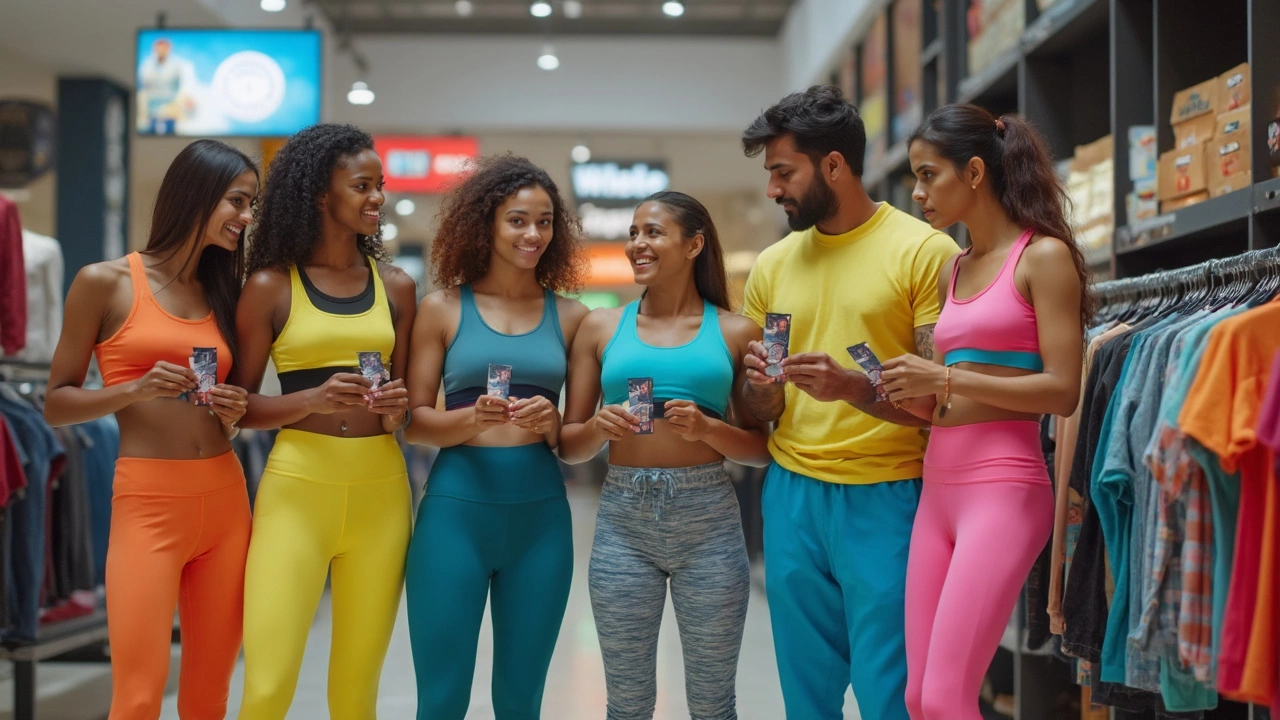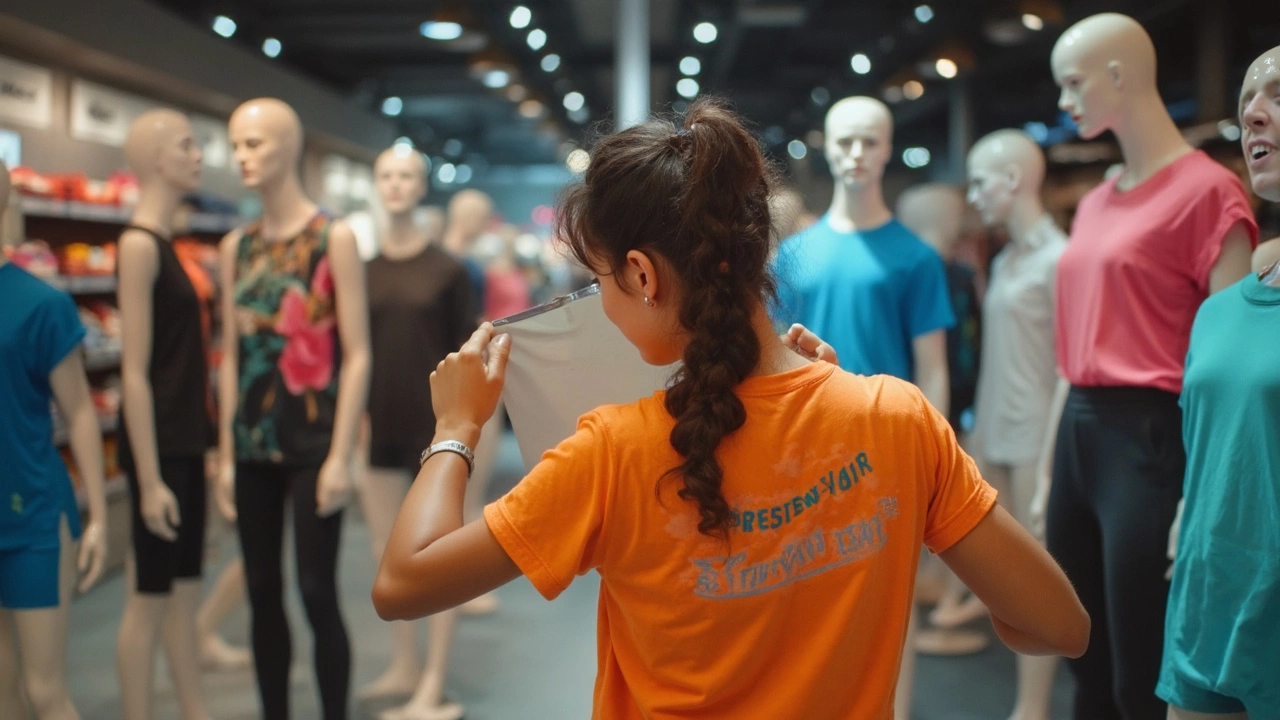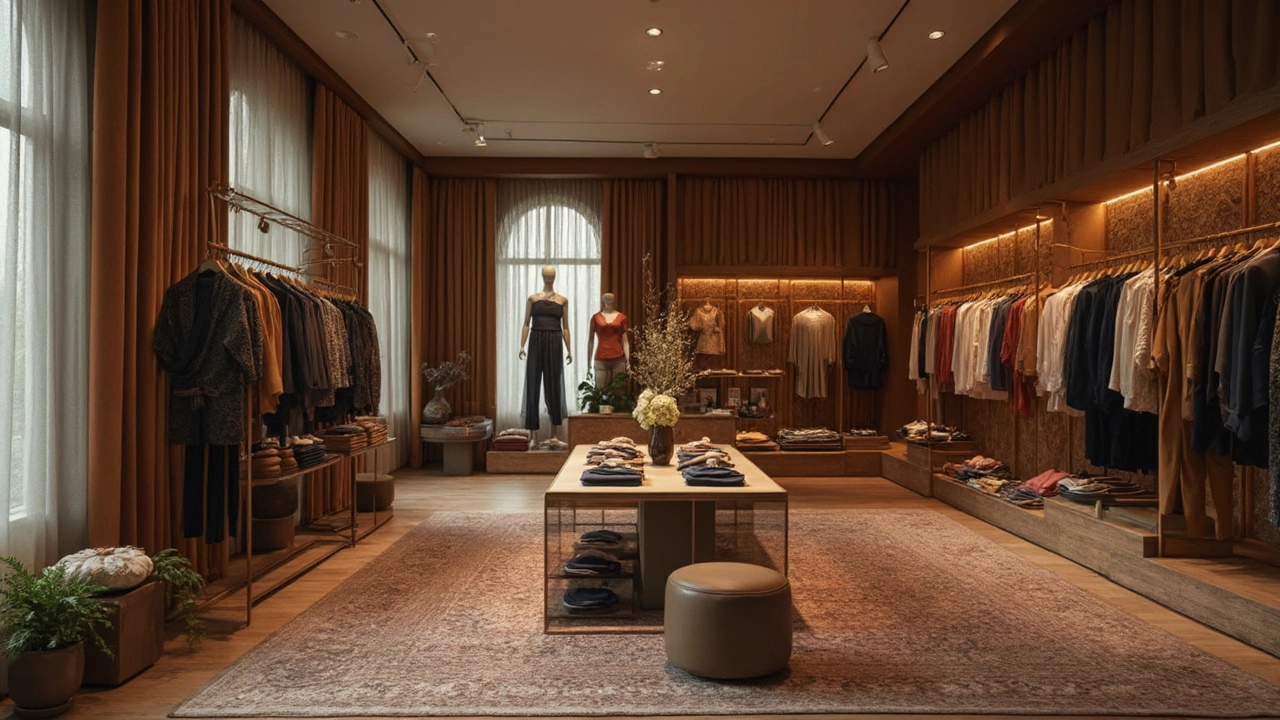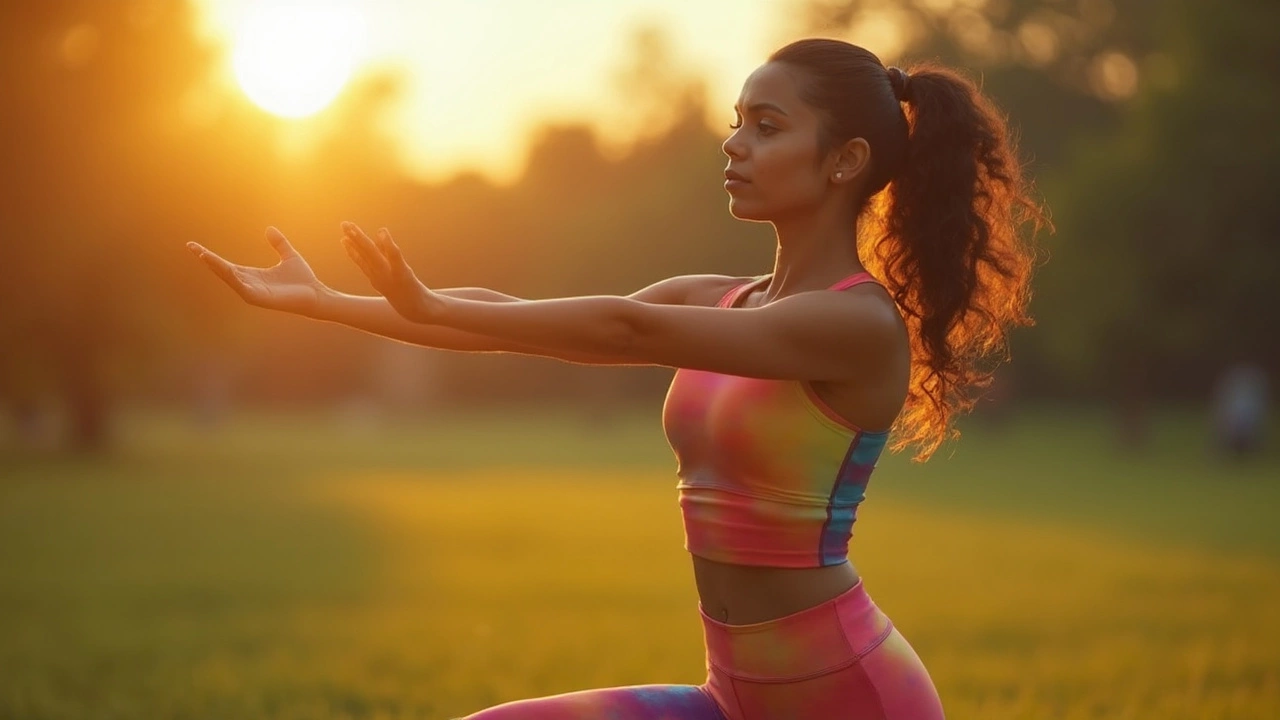Sportswear 101: What It Is, How It Works, and Why You’ll Love It
When you hear the word "sportswear," you might picture a runner’s hoodie or a pair of sleek sneakers. In reality, sportswear covers everything from gym leggings to casual joggers, and it even spills into everyday style. This guide breaks down the core terms, shows you how to choose the right pieces, and gives you quick tips you can use right now.
Key Terms: Sportswear, Activewear, Athleisure
First off, let’s sort out the lingo. Sportswear is the umbrella term for clothing designed for sports or exercise. Activewear leans toward performance—think moisture‑wicking fabrics, stretch, and features that help you move. Athleisure is the crossover: comfy enough for a workout, stylish enough for coffee with friends.
Knowing which label to look for saves time when you shop online. If a product says "activewear," expect technical specs. If it says "athleisure," the focus will be on fit and design. Most brands blend the two, so read the description for clues.
Choosing Sportswear for Any Age
Age doesn’t dictate style, especially when it comes to hoodies. Whether you’re 50 or 60, a well‑fitting hoodie can boost confidence and keep you comfortable. Look for a neutral color, a soft cotton‑blend, and a fit that isn’t too baggy. Pair it with slim joggers or dark jeans for a balanced look.
Don’t forget the details: a hidden zip pocket for keys, ribbed cuffs that stay in place, and a lightweight material for layering. These small features make the hoodie feel purposeful rather than "just a hoodie."
Brands like Nike and Lululemon often charge premium prices because they use high‑grade fabrics and invest in tech. Nike’s swoosh isn’t just a logo; it reflects years of research into breathability and durability. Lululemon’s higher cost comes from premium yarns, seamless construction, and a brand story that sells a lifestyle.
If you’re on a budget, look for similar features in less‑known brands—double‑stitched seams, moisture‑wicking polyester, and a good stretch ratio. You don’t need the logo to get the performance.
Sneakers have also evolved. What started as pure athletic footwear now includes terms like "running shoes," "training shoes," and "lifestyle sneakers." The modern sneaker market is crowded with names that hint at technology (e.g., Boost, React) or fashion (e.g., Retro, Canvas). When picking a pair, focus on what you’ll actually use: cushioning for runs, grip for gym work, or a sleek look for daily wear.
Finally, think about versatility. A good sportswear wardrobe lets you transition from the gym to the street without a full outfit change. Pick pieces that mix and match—like a black performance tee that works under a blazer or a pair of joggers you can dress up with sneakers and a smart shirt.
Bottom line: understand the terminology, choose items that fit your lifestyle, and don’t let age or price tags limit your comfort. With the right basics, sportswear becomes an easy, stylish solution for any day.

Fashion Sportswear Term: What Does It Really Mean?

Can a 60 Year Old Man Wear a Hoodie? Comfort, Style, and Sportswear Confidence

Sportswear: What’s Another Word for It?

Sportswear vs Activewear: What’s the Real Difference?

Can a 50 Year Old Man Wear a Hoodie? The Truth About Sportswear and Age

Why is Lululemon So Expensive? Discovering the Real Cost Behind This Popular Brand

Unveiling the Legendary Sportswear Giant You've All Heard About

Activewear vs. Athleisure: Spotting the Difference

Are Sneakers True Athletic Wear?

Activewear vs Sportswear: Breaking Down the Differences

Evolution of Sneakers: Modern Names and Trends in Sportswear

